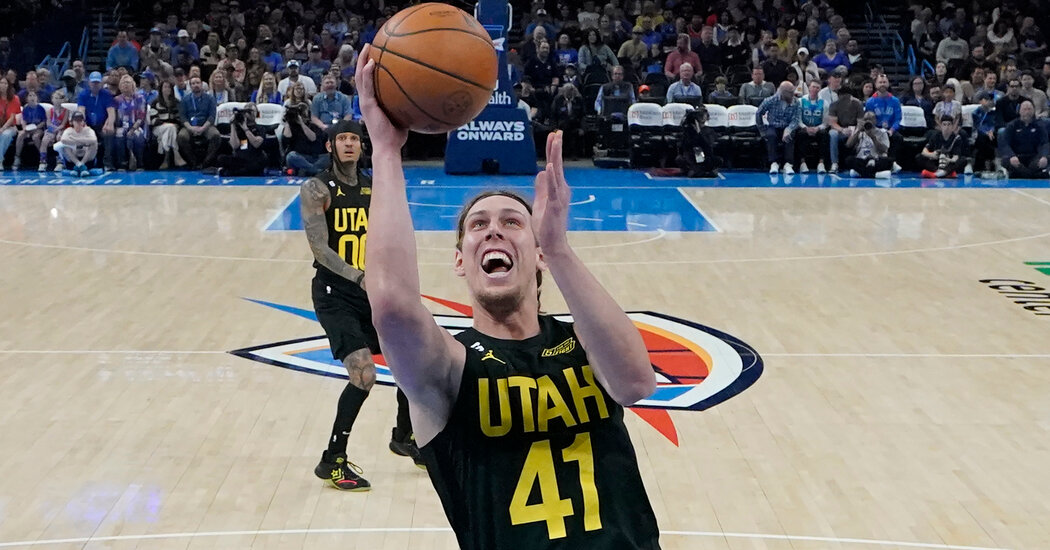
Pick a city, any city, on the National Basketball Association’s 30-team circuit, and Kelly Olynyk, a forward for the Utah Jazz, has deep knowledge of the local restaurant scene.
If you are searching for top-tier sushi in Boston, where he spent his first four N.B.A. seasons, he recommends Fuji at Ink Block in the South End. In Charlotte, N.C., he will most likely suggest the smoked wings at Rooster’s Wood-Fired Kitchen. Whether you are craving the best Italian in San Francisco or in pursuit of tasty treats in Indianapolis — Mr. Olynyk knows a place. He is a 6-foot-11 human version of Yelp.
“You have spots in each city that you love and know you can count on,” said Mr. Olynyk, 32, after eating at thousands of restaurants over the 10 years he has played professionally on five N.B.A. teams. “But part of having an interest in different cultures and cuisines and restaurants is trying new ones.”
In a league that consists of 28 cities, roughly 450 players and 1,230 regular season games each year, N.B.A. business travel is frequent and first-class. Teams fly private and stay in five-star hotel chains like the Four Seasons and the Ritz-Carlton. But they also eat, a lot, and by embracing local culture and institutions with their deep pockets, they have become very credible restaurant authorities.
N.B.A. players are larger-than-normal humans (average height is 6-foot-6) with equally large salaries (average annual pay is $8.32 million), a combination that results in voracious appetites and often in reservations at the country’s most renowned restaurants. Each player also receives a $133 food per diem for days on the road.






